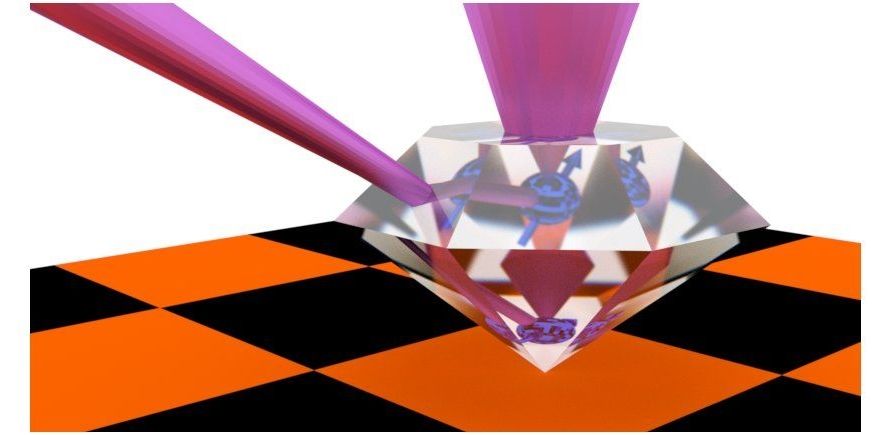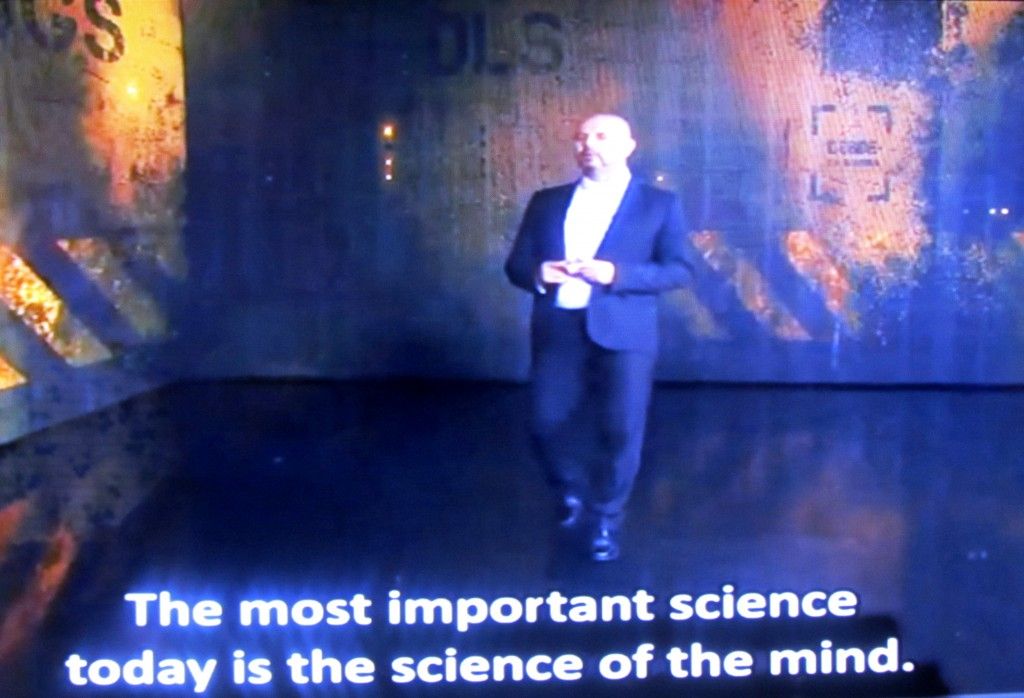Diamonds are prized for their purity, but their flaws might hold the key to a new type of highly secure communications.
Princeton University researchers are using diamonds to help create a communication network that relies on a property of subatomic particles known as their quantum state. Researchers believe such quantum information networks would be extremely secure and could also allow new quantum computers to work together to complete problems that are currently unsolvable. But scientists currently designing these networks face several challenges, including how to preserve fragile quantum information over long distances.
Now, researchers have arrived at a possible solution using synthetic diamonds.








